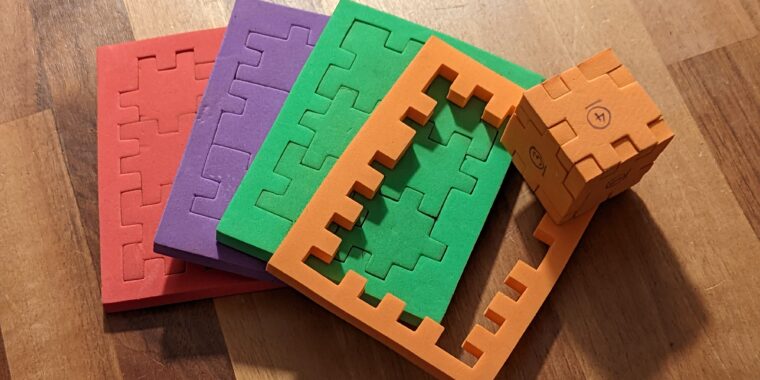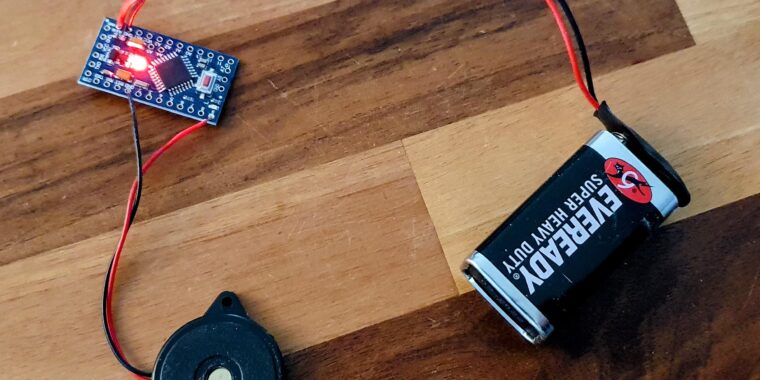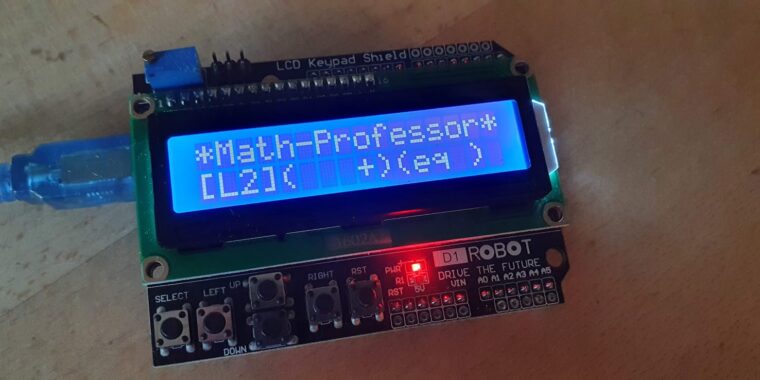
In this post, we’re developing a Happy Cube solver using a mixed integer linear program (MILP). Previously, we tackled this problem on a micro:bit using dynamic programming and backtracking. Now, we’re trying a different approach by creating a mathematical model to solve this combinatorial challenge. The idea is to structure the MILP so that it… Read more A MILP based Happy Cube©® Solver








